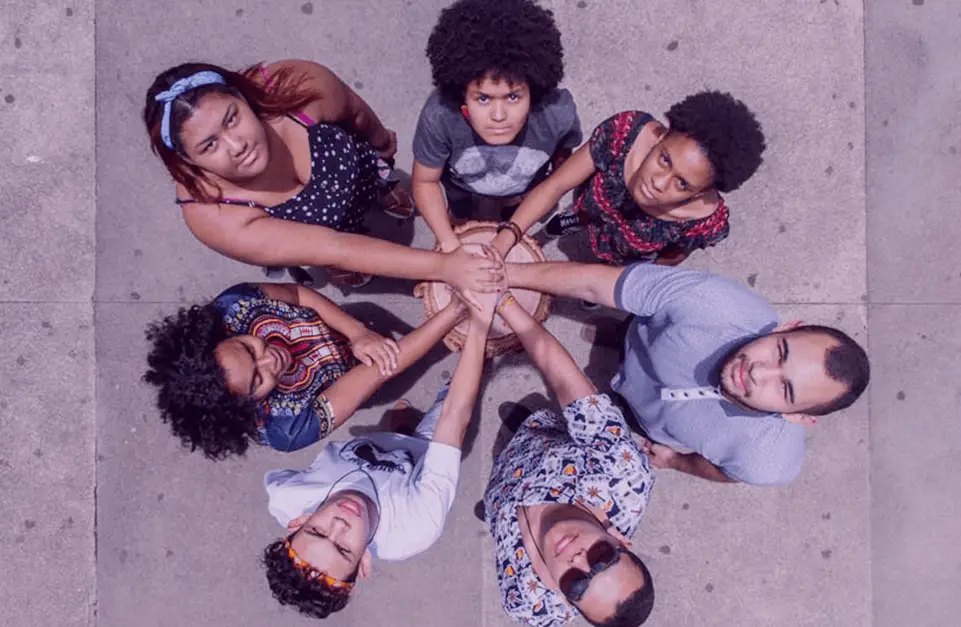The campaign “And Outside stories? How is Education going?” was made by Inesc and Malala Fund Activist Network for Education. Both organizations watched closely the 2021 unfunding education panorama and its impact on inequalities between students.
In response to this situation, Inesc created a space where students from state schools could engage themselves over social media to gather 6 thousand signatures for a public petition that claims 10% of Brazilian GDP for public education until 2024.
|
|
|
|
This petition was delivered in July 2022 by girls who were part of Inesc’s Human Rights and Public Budget workshops.
One of the sources of awareness towards this subject is a Vox Populi survey ordered by Inesc that interviewed two thousand students from 15 to 19 years old all over Brazil. 87,7% of the interviewers were from high school states.
|
did not get the suitable equipment forcorrespondence education. |
is how many hours state school students have studied per year less than private school students.
|

of black students did not have cellphones! |
|
did not have a personal computer to study: they spent two years watching classes through cellphones, with a data package that did not use to last all month.
|

left studies for the pandemic period of one or at least two years – a rate that raises to 26,3% among black students. |
of black students had a bad or horrible correspondence education compared to white students.
|
Inesc believes inequalities pointed out by the survey resulted from Jair Bolsonaro’s dismantling policy: the education investment in 2020 was R$ 30 billion less than five years before. Even during the pandemic crisis and facing new challenges, there were fewer resources for education. The High School National Exam (ENEM, in Portuguese) was the smallest in 16 years, with 53% fewer attending compared to 2020 and 77% fewer people exempt from registration fees.

Sign up and
stay tunned
for updates!